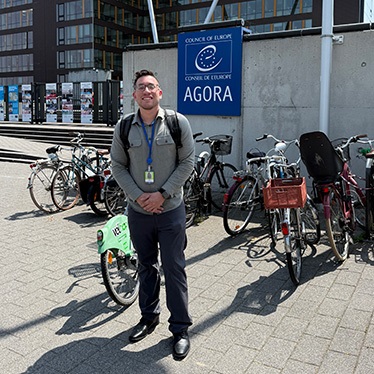Prescription Opioid Resiliency and Vulnerability: A Mixed-Methods Comparative Case Study
Shannon Monnat, Andy Hochstetler, David J. Peters
American Journal of Criminal Justice, November 2022
Despite declines in prescription opioid overdoses, rural areas continue to have higher prescription opioid overdose rates than urban areas. We aim to understand high overdose places were resilient to the prescription opioid overdose crisis (better than predicted), while others were vulnerable (worse than predicted).
First, we predicted prescription opioid overdose mortality in 2016–18 for N = 2,013 non-metropolitan counties using multivariable regression accounting. Second, we constructed a resiliency-vulnerability typology using observed, predicted, and residual values from the regression. Third, we selected a high-overdose resilient and vulnerable community for case study analysis using interviews, focus groups, and observations.
High-overdose resilient and vulnerable places had disability-dispensing-overdose pathways, legacies of mining, and polysubstance drug abuse. Resilient places were larger population micropolitans with extensive health and social services, norms of redemption and acceptance of addiction, and community-wide mobilization of public and non-profit resources. Vulnerable places were smaller, more remote, lacked services, and stigmatized addiction.
Related News
School News

Nov 24, 2025
School News

Sep 4, 2025
Research

Sep 2, 2025
Research

Apr 8, 2025
